When your car’s tires start spinning on a wet road or icy patch, it’s not just frustrating-it’s dangerous. That sudden loss of control happens in a fraction of a second. But modern cars have a silent guardian working behind the scenes: the traction control system. It doesn’t make noise. It doesn’t flash bright lights. But it’s the reason you didn’t slide into a guardrail when you hit that patch of black ice this morning.
What Exactly Is a Traction Control System?
A traction control system (TCS) is an electronic safety feature designed to prevent wheel spin during acceleration. It’s not a separate piece of hardware-it’s software built into your car’s electronic control unit (ECU), working hand-in-hand with the anti-lock braking system (ABS) and engine management system.
Here’s how it works in simple terms: when the system detects that one or more drive wheels are spinning faster than the others, it assumes those wheels have lost grip. That could be due to rain, snow, gravel, or even just too much throttle. Instead of letting you spin out, TCS instantly reduces engine power or applies brake pressure to the spinning wheel(s) to restore traction.
Most modern cars have TCS as standard equipment. It’s been required in the U.S. since 2012 under federal safety regulations. Even budget models now include it. You’ll usually see a small icon on your dashboard-a car with squiggly lines behind it-that lights up when the system is active.
How Traction Control Improves Grip
Grip isn’t about how hard you press the gas pedal. It’s about how well your tires can transfer that power to the road. Traction control doesn’t add grip-it optimizes what’s already there.
Imagine you’re driving on a wet highway and accelerate too quickly. The rear wheels start to skid. Without TCS, you’d lose steering control. With it, sensors detect the speed difference between the front and rear wheels within milliseconds. The system cuts fuel delivery to the engine and may even apply a tiny bit of brake to the spinning wheel. This lets the tire regain contact with the road surface, so you keep steering control.
It’s especially helpful in front-wheel-drive cars, where the same wheels handle steering and power delivery. In those vehicles, wheel spin can cause the car to pull sharply to one side. TCS smooths that out, letting you steer where you want to go instead of where the tires decide to take you.
Real-world data from the Insurance Institute for Highway Safety (IIHS) shows that vehicles with traction control have a 19% lower risk of single-vehicle crashes on wet or slippery surfaces compared to those without it.
How It Works With ABS and Stability Control
Traction control doesn’t operate alone. It’s part of a family of systems that includes ABS and electronic stability control (ESC).
- ABS prevents wheels from locking up during braking, helping you steer while stopping.
- TCS prevents wheels from spinning during acceleration, helping you steer while speeding up.
- ESC combines both and adds sensors that detect if the car is starting to skid sideways. It can brake individual wheels and reduce engine power to correct a spin before it happens.
Think of them as teammates: ABS handles braking, TCS handles acceleration, and ESC handles cornering. Most cars today have ESC as standard, and it includes TCS as a built-in function. That’s why you might hear people say “stability control” when they really mean the whole system.
On a snowy hill, for example, ESC might brake the left rear wheel while reducing throttle to stop a spin. TCS alone might just cut engine power. Together, they give you far more control than either could alone.
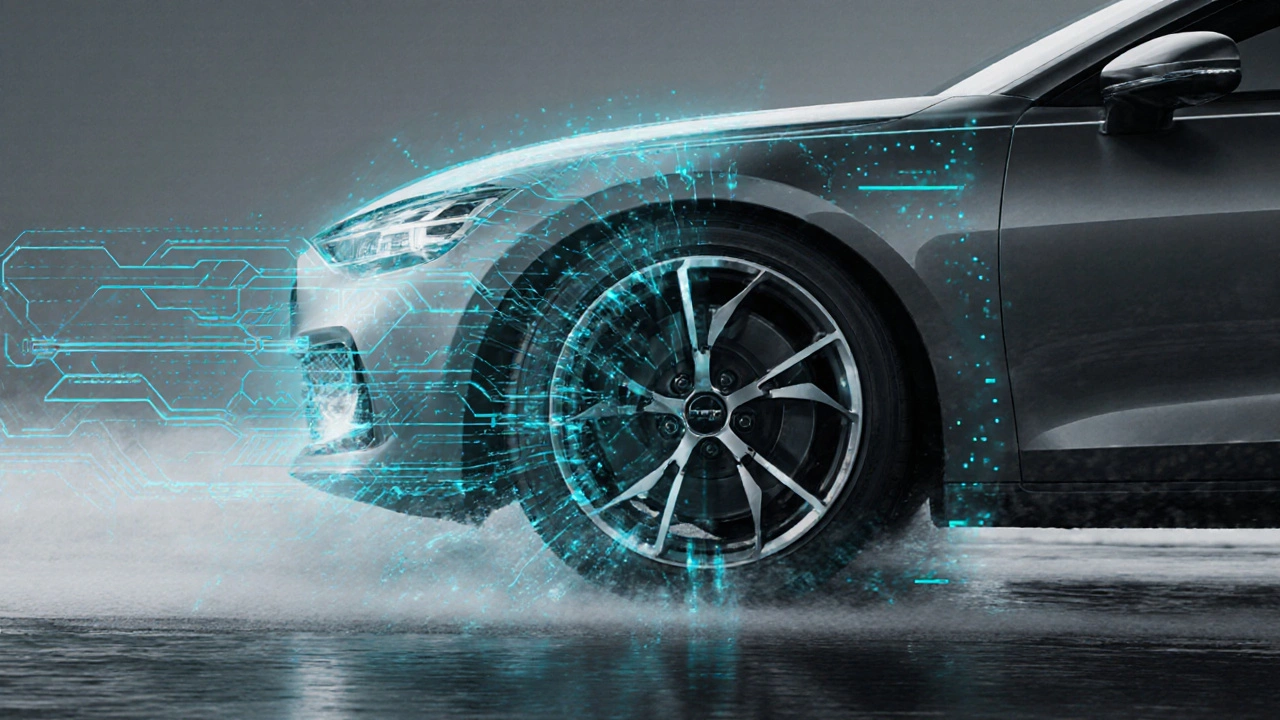
When Traction Control Can’t Help
Traction control isn’t magic. It can’t create grip where none exists. If you’re stuck in deep snow or mud, turning off TCS might actually help you get out.
Why? Because the system is designed to prevent wheel spin. But sometimes, you need a little spin to build momentum. In deep snow, letting the wheels spin slightly can dig a path forward. That’s why many cars have a “TCS Off” button. It’s not there to disable safety-it’s there for specific situations where controlled wheel slip is useful.
Similarly, if your tires are bald or your car is overloaded, TCS will struggle. No electronic system can compensate for worn-out rubber or poor weight distribution. That’s why regular tire checks and proper maintenance still matter.
Real-Life Scenarios Where Traction Control Saves Lives
Consider this: a driver in Chicago hits a patch of ice on a bridge at 40 mph. They panic, press the gas harder to “power through.” Without TCS, the car would spin 180 degrees and slide into oncoming traffic. With TCS, the system detects the rear wheels spinning, cuts engine power, and applies brake to the slipping tire. The car stays straight. The driver regains control and stops safely.
Another example: a parent in Seattle takes their kid to school on a rainy morning. They accelerate gently from a stop sign, but the front wheels slip on wet pavement. TCS kicks in, reduces torque, and lets the tires grip. The car moves forward smoothly. No skid. No panic. No accident.
These aren’t hypotheticals. The National Highway Traffic Safety Administration (NHTSA) estimates that ESC systems-which include TCS-prevent about 7,000 fatal crashes annually in the U.S. alone.
Common Myths About Traction Control
People misunderstand TCS in a few big ways.
Myth 1: “Traction control makes cars slower.” Not true. It doesn’t limit top speed. It only limits power delivery when wheels slip. On dry roads, you won’t even notice it working.
Myth 2: “I don’t need it if I have winter tires.” Winter tires improve grip, but they don’t eliminate wheel spin under hard acceleration. TCS works with them, not against them. Together, they’re a powerful combo.
Myth 3: “Turning it off makes me a better driver.” For 99% of drivers, keeping TCS on is safer. Even experienced drivers can’t react faster than a computer that checks wheel speed 100 times per second.
Myth 4: “It’s just for sports cars.” Wrong. TCS is in compact sedans, pickup trucks, and minivans. It’s not a luxury-it’s a baseline safety feature.

What to Do If Your Traction Control Light Comes On
That little car-with-wavy-lines icon should only flash briefly when the system is actively working. If it stays on solid, something’s wrong.
- If it’s on all the time, your system may have a sensor failure, low brake fluid, or a faulty wheel speed sensor.
- If it’s flashing while driving, you’re losing traction-slow down and avoid sudden acceleration.
- If the light comes on with the ABS or engine warning light, get your car checked. These systems are linked. A problem in one can affect the others.
Don’t ignore it. A faulty TCS could mean your car won’t respond when you need it most.
How to Test Your Traction Control System
You can’t test TCS properly on public roads. But here’s a safe way to check if it’s working:
- Find a large, empty, wet parking lot.
- Drive slowly in a circle, then gently press the accelerator.
- Watch for the TCS light to flash briefly.
- Feel for a slight reduction in power or a subtle brake pulse.
If nothing happens-no light, no power cut-it’s likely not working. Take it to a mechanic. Most shops can scan the system with a diagnostic tool to check for fault codes.
Final Thoughts: Why Traction Control Is Non-Negotiable
Every car you buy today should have traction control. Not because it’s trendy. Not because it’s in the brochure. But because it works. It’s one of the most effective, low-cost safety technologies ever added to vehicles.
It doesn’t replace good tires, careful driving, or winter prep. But it gives you a critical safety net when things go wrong. And in a world where road conditions are unpredictable-rain, snow, ice, oil spills-it’s the difference between a close call and a crash.
If you’re shopping for a used car, make sure TCS is listed in the specs. If it’s not there, walk away. You’re not saving money-you’re risking your life.
Does traction control work on all types of vehicles?
Yes. Traction control works on front-wheel drive, rear-wheel drive, and all-wheel drive vehicles. It’s built into the car’s electronic control system, so it adapts to the drivetrain. Whether you drive a compact sedan, a pickup truck, or an SUV, TCS helps prevent wheel spin during acceleration.
Can traction control prevent skidding on ice completely?
No. Traction control reduces the risk of skidding by managing power delivery, but it can’t create grip where there’s none. On thick ice or deep snow, even the best TCS can’t stop a slide if the tires have no traction. That’s why winter tires and cautious driving are still essential.
Is it safe to drive with traction control turned off?
It’s safe only in very specific situations, like being stuck in deep snow or sand, where controlled wheel spin helps you gain momentum. For everyday driving-especially in wet, icy, or uneven conditions-keeping it on is always safer. Most accidents happen because drivers overestimate their ability to control a sliding car.
Does traction control use more fuel?
No. Traction control only activates when wheels slip, which is rare under normal driving. When it does activate, it briefly reduces engine power, which can actually save fuel by preventing wasted energy from spinning tires. It doesn’t run constantly or drain the battery.
How do I know if my car has traction control?
Look for a small dashboard icon that looks like a car with squiggly lines behind it. Most cars made after 2010 have it. Check your owner’s manual under “Electronic Stability Control” or “Driver Assistance Systems.” If your car has ABS and electronic stability control, it also has traction control-it’s part of the same system.
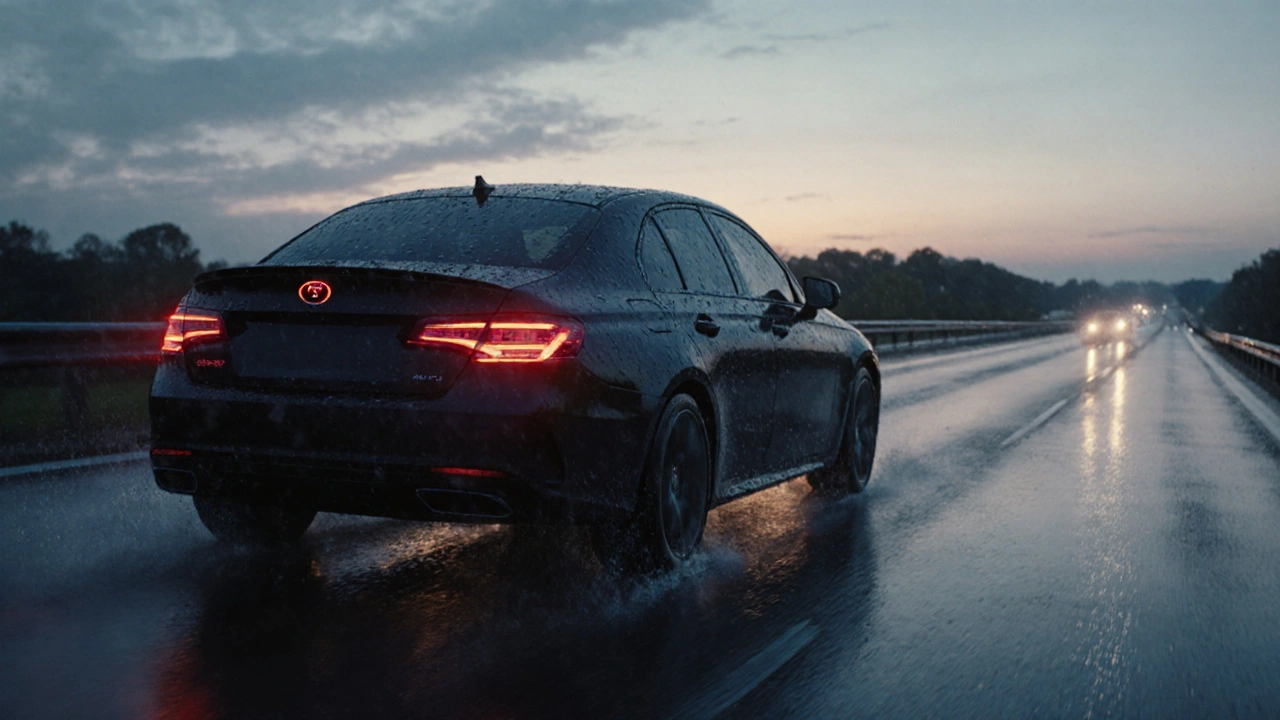
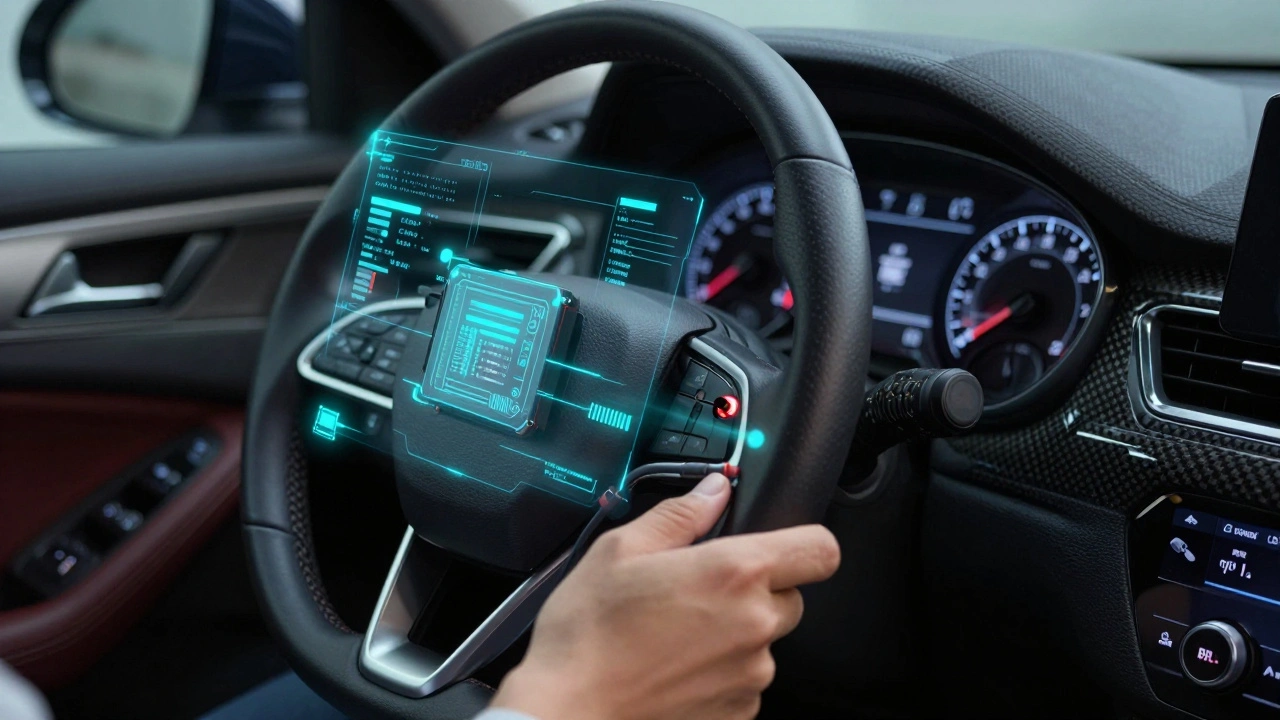
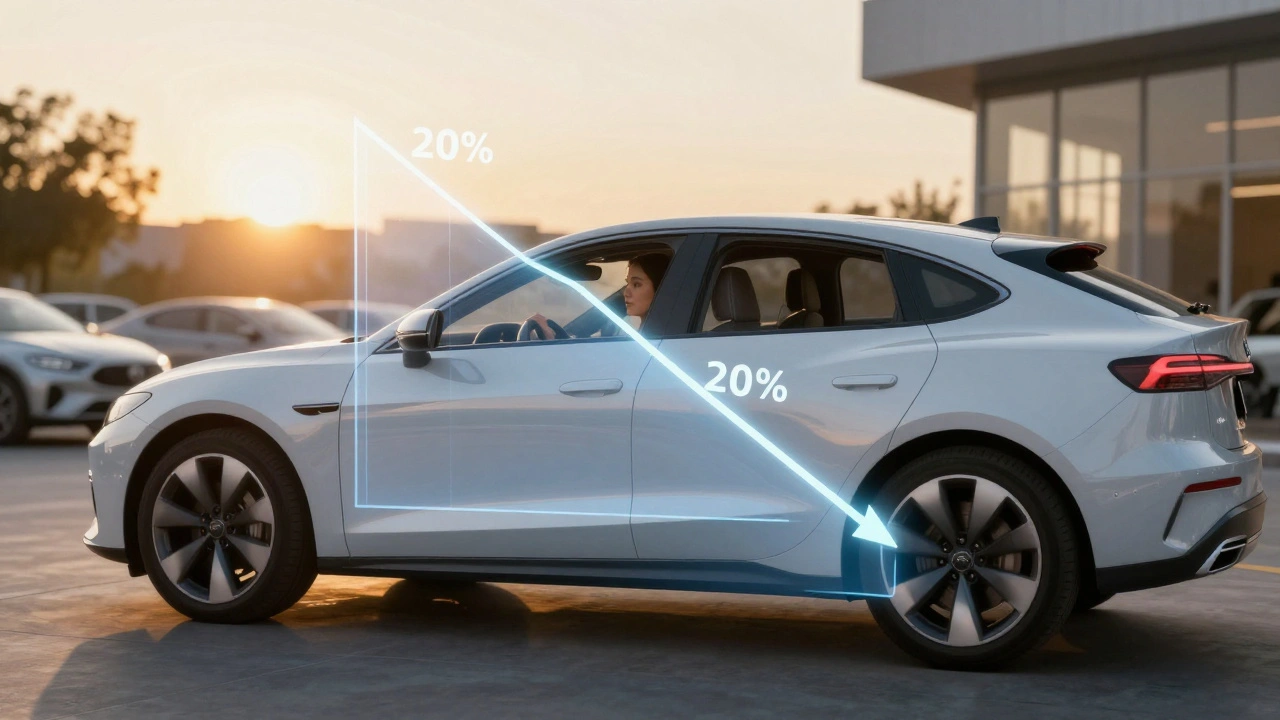
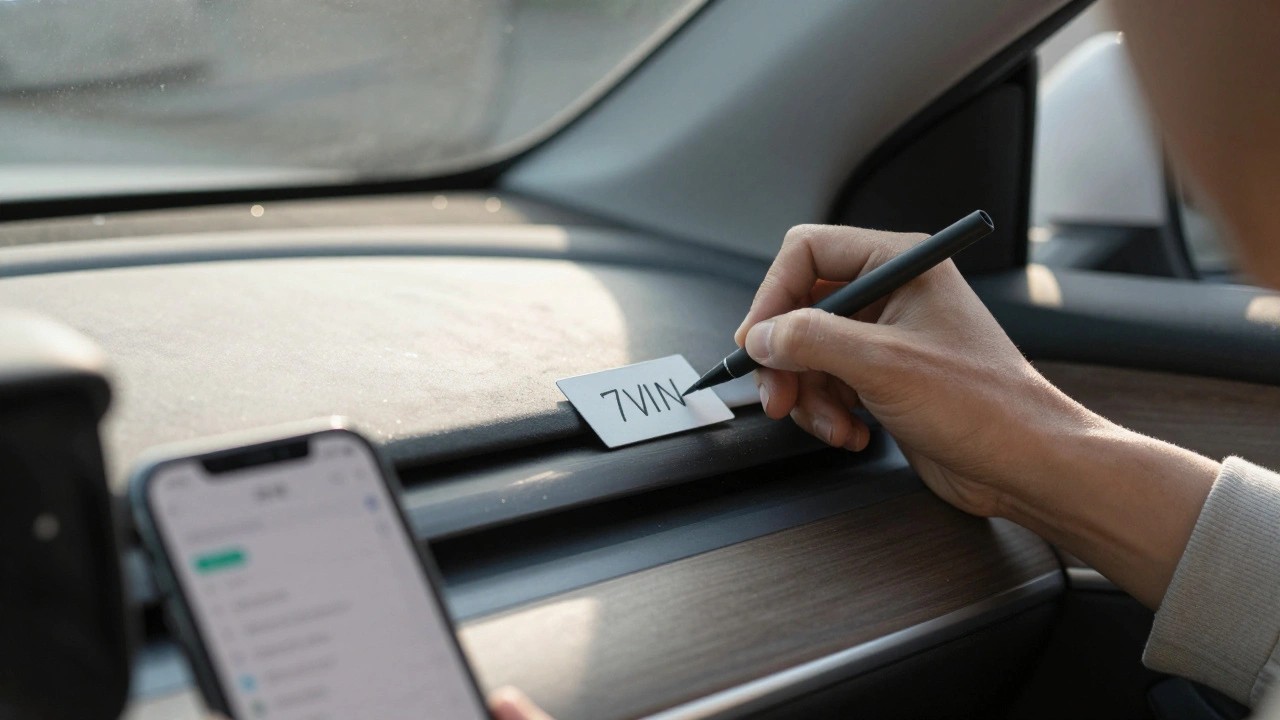


kelvin kind
November 9, 2025 AT 09:12Been driving for 15 years and never turned it off. Works like magic when it starts snowing.
Peter Reynolds
November 10, 2025 AT 09:54I used to think it was just a fancy gadget until I hit black ice last winter. Car stayed straight. Didn't even spin. Still gives me chills thinking about it.
Ian Cassidy
November 10, 2025 AT 22:37TCS is just one part of the ESC suite. The real hero is the yaw rate sensor and lateral acceleration monitor. When the ECU detects a divergence between driver intent and vehicle response, it intervenes via brake vectoring and torque reduction. Simple, really.
Sarah McWhirter
November 11, 2025 AT 06:20They say it saves lives... but have you ever wondered who decided we needed computers to drive for us? 🤔 Maybe we're just lazy now. Or maybe Big Auto wants us dependent. Just saying.
Ananya Sharma
November 12, 2025 AT 02:39Let me be the first to say this: traction control is a band-aid solution for a broken automotive culture. We build cars with too much horsepower, then slap on electronic crutches because manufacturers don’t want to teach people how to drive properly. The real problem isn’t traction-it’s entitlement. You want to go fast? Slow down. Get tires that grip. Stop relying on software to bail you out of your own bad decisions.
Kenny Stockman
November 13, 2025 AT 13:29My dad taught me to drive on ice with no traction control. He said, 'Smooth inputs, not hard ones.' Still, I keep it on now. Better safe than sorry. And yeah, it saved my butt once on a rainy ramp.
Ben De Keersmaecker
November 14, 2025 AT 03:35Fun fact: TCS was first developed in the 1970s by BMW for motorsport. It took until the 2010s for it to become mandatory in the US. That’s a 40-year gap between innovation and regulation. We’re slow to adopt safety tech, even when the data’s clear.
Paritosh Bhagat
November 14, 2025 AT 18:39Did you know that traction control systems can be hacked? There are reports of modified ECUs disabling safety features remotely. And no, I’m not paranoid. I read it on a forum. Someone’s got access to your car’s brain. Think about that.
Zach Beggs
November 14, 2025 AT 22:31My wife’s minivan has it. I didn’t even know until one day she said, 'Wow, that thing really saved us.' I was like, 'What thing?' She pointed at the dash light. We both drive like old people now. No regrets.
Adrienne Temple
November 15, 2025 AT 11:40Just had to say-this post made me feel so much better about my 2015 Honda Civic. I thought TCS was just for fancy cars, but now I’m proud mine has it 😊❤️
Sandy Dog
November 15, 2025 AT 13:49Okay but what if your traction control turns off by itself?? Like, one day you're driving and the light just stays on and you don't know why?? And then you go to the dealer and they charge you $800 to 'reset the system'?? I HATE WHEN THAT HAPPENS. My car did that last winter and I cried in the parking lot. 🤕💔
Fred Edwords
November 17, 2025 AT 03:48It is important to note that traction control systems, when functioning correctly, operate in conjunction with the vehicle's anti-lock braking system, utilizing shared wheel-speed sensors and a unified control algorithm; therefore, a failure in one component may manifest as an apparent malfunction in the other, necessitating a comprehensive diagnostic procedure.
Antonio Hunter
November 18, 2025 AT 00:35When I first learned about how traction control works, I was struck by how elegant the engineering is. It doesn’t try to override the driver-it enhances their intent. The system reads the road, reads the tires, reads the throttle input, and then makes micro-adjustments that feel almost invisible. That’s not magic. That’s human ingenuity. And it’s in every car you drive, whether you know it or not. That’s something to appreciate.
Chris Heffron
November 19, 2025 AT 17:45My car's TCS light flashed on a rainy night last month. I slowed down, felt the brake pulse, and kept going. No drama. Just tech doing its job 😊👍
Aaron Elliott
November 21, 2025 AT 15:51One must ask: in an era where the automobile has become an extension of the human psyche, does the delegation of control to algorithmic systems not represent a profound erosion of agency? Traction control, while technically efficacious, is emblematic of a broader societal abdication of responsibility to computational intermediaries-where the driver becomes, in essence, a passive observer in his own vehicle.